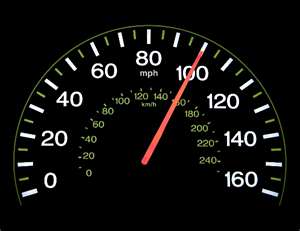Friday, June 1, 2012
Top-down and Bottom-up Processing in Designing
I immediately gravitated toward the concept of bottom-up and top-down processing. "Bottom-up processing (also called data-based processing) is processing that is based on incoming data. Incoming data always provides the starting point for perception because without incoming data there is no perception. Top-down processing (also known as knowledge based processing) refers to processing that is based on knowledge"(Goldstein 10). I remember studying this concept in the class Human Factors, which takes into account human behavior and how it influences product and technology design. Engineers are encouraged to design products that play to a person's top-down processing or what is perceptually familiar to them. A lot of failed product designs result from not necessarily the product being poor themselves, but having the product too complex for a person to operate.
An example of top-down processing used in product design is the way the dashboard in our car is arranged. The speedometer is always in the center, and the fuel gauge is almost always to the right of it. Simple things are taken into account like having the speedometer needle go left to right since that is the direction we use to read in everyday life. If a speedometer needle went from right to left that would make us use our bottom-up processing and could be potentially dangerous on the road. Bottom-up processing is encouraged when a system needs to alert the user to an emergency situation like the flashing seat belt sign, or that fuel is running low. These signs are unfamiliar to us and immediately force us us to investigate its meaning. These are the little nuances that designers take into account that we aren't necessarily aware of.
Subscribe to:
Post Comments (Atom)

This is really interesting! I am familiar with these terms- most from my education classes. Top down processing goes from general concepts, down to the specific details, and bottom up processing starts with a specific detail, and broadens it to an entire topic. It is neat- how many every day items do we use that have used this type of thinking process to create?! So very many!
ReplyDelete